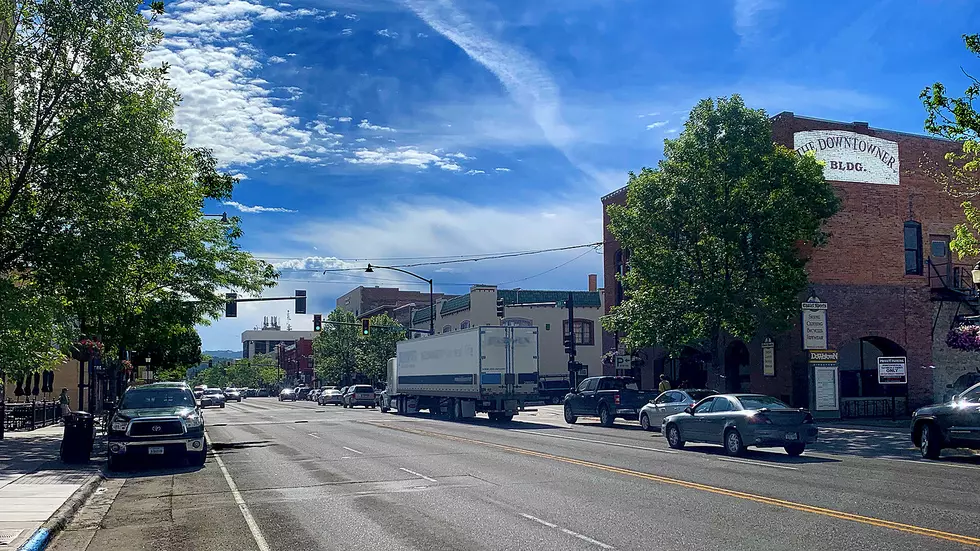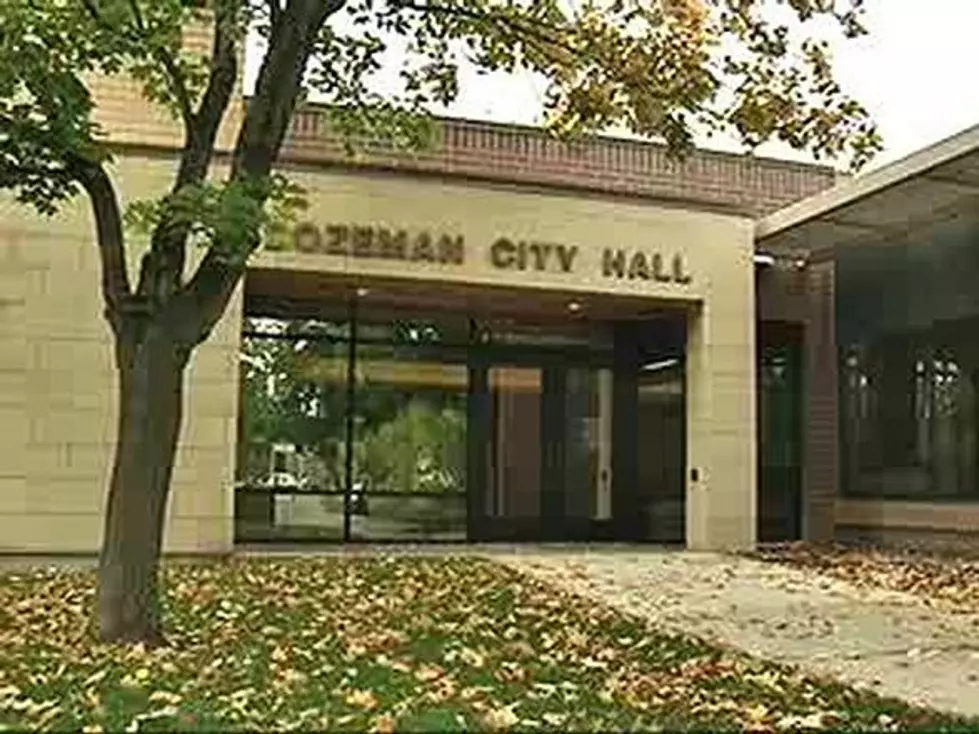
Georgia Works!! Not so much…
I guess if you live long enough you get to see it all. According to a Wall Street Journal article, President Obama had decided the government should follow a Georgia idea to deal with the unemployment issue. Georgia has come up with a very interesting plan called, “Georgia Works,” that continues to pay unemployment benefits to people while they are working. Wait, if someone is working, how do they continue to receive unemployment checks? Georgia has found a way; and here’s how it works.
The “Try Out” Employee
Under the “Georgia Works” program an employer can “try out” a prospective employee, at no cost to the employer. No paycheck to the employee, and ironically, no unemployment collected. No social security payments, Medicare deductions, workman’s comp or state and local tax either. The employee continues to receive their bi-weekly unemployment checks, plus a small travel allowance to get back and forth to work. The employer would then have an eight week evaluation period to make a decision about hiring, or not hiring, the employee.
A Win-Win?
So why doesn’t the employer just hire the person anyway? Why is this program even necessary? The “big thinkers” in Georgia thought that if the employer could try out employees there would be a better chance of getting people out into the workplace with no risk to the employer. There was the added benefit of giving good employees an opportunity to showcase their talents and re-sharpen their skills for a couple months. On the surface, Georgia Works would seem like a win-win for both parties.
Wanted: Some legal loopholes
As you might have guessed, there were some legal roadblocks to the Georgia Works program. You can’t have someone work without pay; that’s a violation of the minimum wage law. When the Department of Labor examined the Georgia Works plan they decided that the only way this plan could work is if the “try out” employees became “trainees.” And the training had to be state approved training.
The basic guidelines for Georgia Works stated that a potential employee would have to be out of work for a minimum of six months or more, and the work they were doing would have to be labeled “training” of a type, approved by the Dept. of Labor, that the employee could take with them to another job, in the event they were not hired. Training took on a very loose definition once the plan was in place.
Who gets to do this?
When the program is rolled out nationally, states will apply for eligibility to the Department of Labor and ten states will be chosen to initiate the plan.
Am I the only one missing the cost and administrative nightmare waiting for the man behind the curtain to make this thing work?
Evaluation
You would think this plan must have a pretty high success rate if it’s getting the rubber stamp of the Labor Department and the President of the United States. According to an article by Ross Eisenbrey, former policy director of the Occupational Safety and Health Administration from 1999 until 2001, he’s been trying to talk the president out of this plan to no avail.
He contends that there was virtually no real job creation in Georgia, and over the past year, Georgia lost more jobs than any other state — except Indiana. The state has done no studies that show any kind of positive results in job creation, benefits or higher pay. In fact, according to Eisenbrey, there are only 20 employees actually in the program currently. I would think that would tell you all you need to know.
Ignorance knows no bounds
Apparently, ignorance is not exclusive to any one political party. It seems that Eric Cantor and Speaker of the House, John Boehner, both like the idea. I guess any feel good idea looks good on the surface, if you want it to.
I am of the opinion that this idea, much like the health care I wrote about a few weeks ago, is unaffordable to a country that is borrowing $4 billion dollars a day to keep the doors open. The old fashioned way has worked pretty well for a long time. Create a good resume and start handing it out.
More From KMMS-KPRK 1450 AM




![[POLL] Single Payer Health Insurance Or Competition?](http://townsquare.media/site/8/files/2019/05/GettyImages-1129425345.jpg?w=980&q=75)


![Jul. 21 – County Commissioner White on Tax Increases & Budget [Listen]](http://townsquare.media/site/8/files/2018/07/County-Commissioners-1600x1067-2.jpg?w=980&q=75)
![Jun 23rd Market Wrap Up With Tom, Shane & Mike [Listen]](http://townsquare.media/site/8/files/2018/06/GettyImages-964613090.jpg?w=980&q=75)
